Rubery, Main Road c.1965
Photo ref:
R260018M


Add to Album
You must be signed in to save to an album
Sign inShare This Photo
Related Photos The following photos are related to this image:
Buy a Print
Unframed, Mounted, Framed and Canvas prints in a range of sizes and styles.

View Sizes & Prices
A Selection of Memories from Rubery
For many years now, we've been inviting visitors to our website to add their own memories to share their experiences of life as it was, prompted by the photographs in our archive. Here are some from Rubery
Sparked a Memory for you?
If this has sparked a memory, why not share it here?




 R260018
R260018
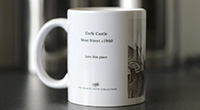
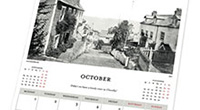
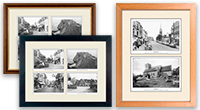
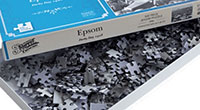

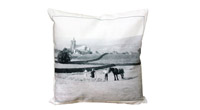
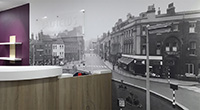


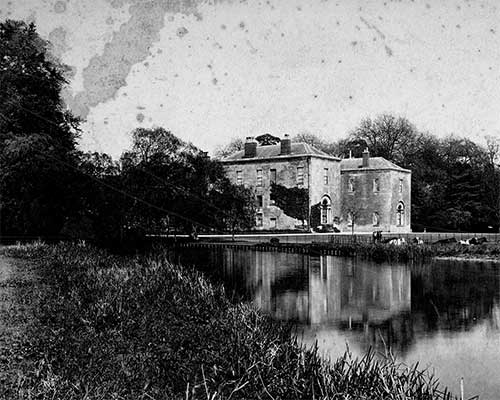 Before
Before
 After
After